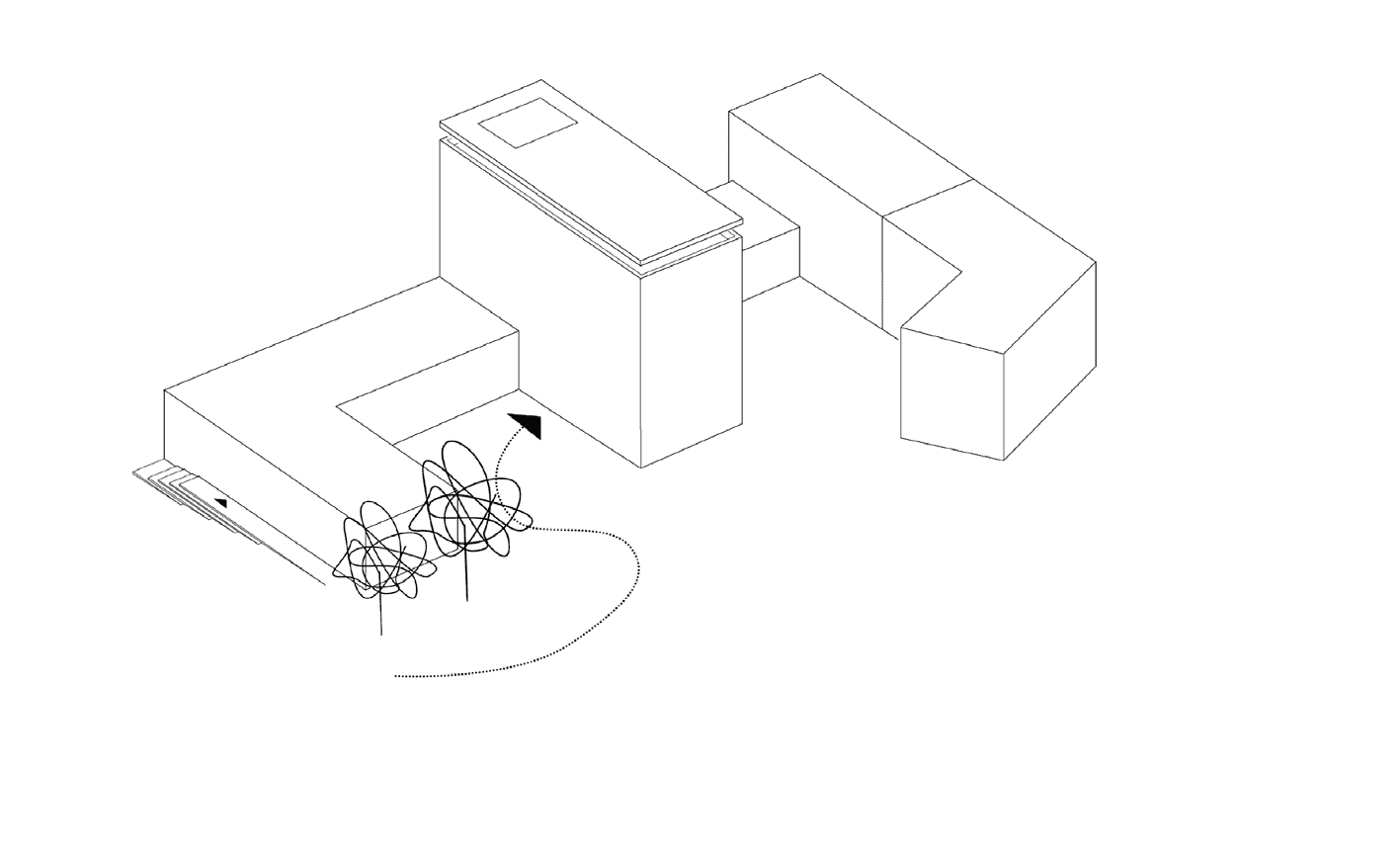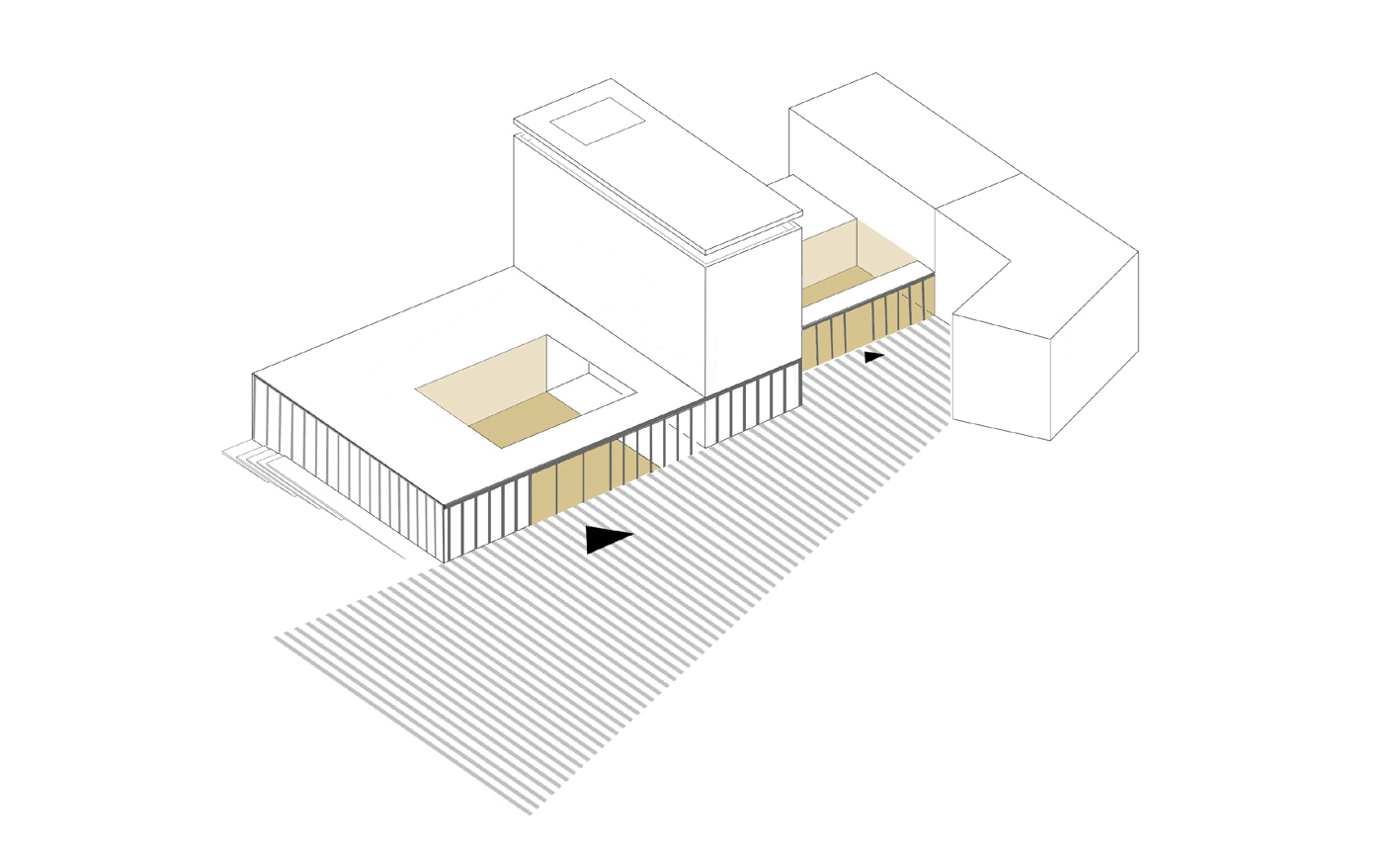Dating back to the late 1950s, the Diocesan Chancery close to Aachen’s cathedral was in desperate need of an upgrade and refurbishment. Thanks to the rearrangement of offices and the new facade design, it was possible to upgrade the structure to meet current energy standards as well as retain the original appearance of the complex. The new facade responds to the special characteristics of the location and blends into the cathedral complex.
A line of columns surrounds the ground floor and completes the previously undefined appearance of the wing facing the square Klosterplatz as a colonnade. Due to the columns’ use of gently shimmering, light bronze-coloured aluminium panels, matching the light natural stone of the plinth, the colonnades are clearly visible as a contemporary addition. The main focus of the refurbishment measures was the careful approach to the existing building stock and a sparing use of resources. The amount of primary energy required could be reduced by retaining a large proportion of the existing stock. As a result, the stipulated energy consumption not only for refurbishments but also for new buildings was clearly undercut.
















